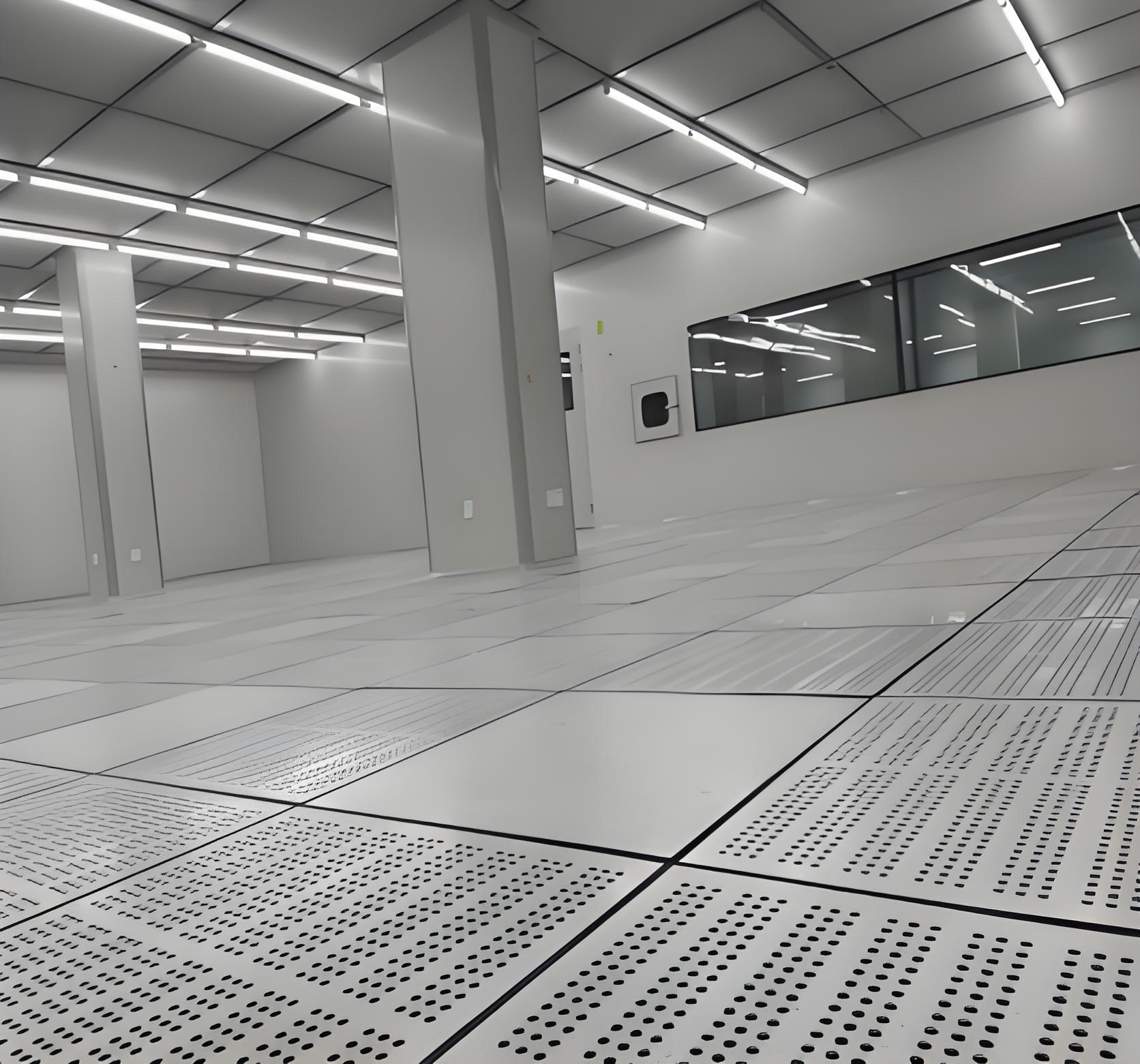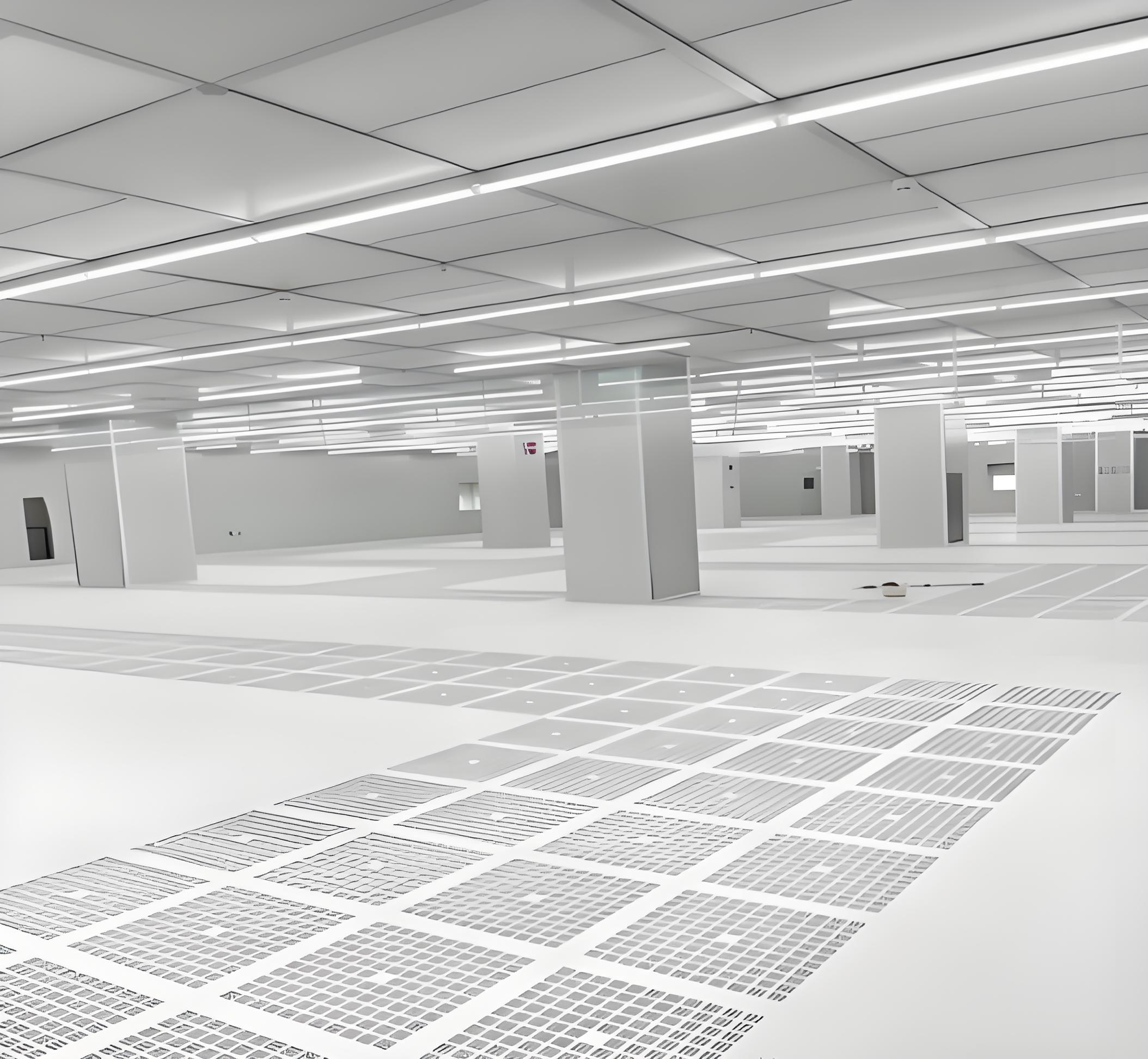




In the world of manufacturing, pharmaceuticals, biotechnology, and electronics, the term "clean room" is synonymous with precision and quality control. Among the various classifications, the clean room 10000, more formally known as an ISO Class 7 Cleanroom, represents a critical environment for a wide array of applications where controlled contamination is paramount. This article delves deep into the specifics of this classification, exploring its standards, design considerations—particularly the rise of the modular cleanroom ISO Class 7—and the common pitfalls faced during implementation and operation.

At its core, an ISO Class 7 Cleanroom is a controlled environment where the concentration of airborne particles is meticulously maintained within specified limits. The classification is defined by the international standard ISO 14644-1 Class 7.
According to this standard, an ISO 14644-1 Class 7 environment must not exceed specific particulate counts per cubic meter. Specifically, it allows for:
352,000 particles per cubic meter that are 0.5 microns (µm) in diameter or larger.
83,200 particles per cubic meter that are 1.0 µm or larger.
2,930 particles per cubic meter that are 5.0 µm or larger.
To put this into perspective, a typical urban air environment contains millions of particles per cubic meter. An ISO Class 7 cleanroom is 10,000 times cleaner than a standard office space. This level of cleanliness is often referred to as a "Class 10,000" environment, harkening back to the now-superseded US Federal Standard 209E, which used imperial measurements. This is the origin of the "clean room 10000" keyword still commonly used today.
The ISO 14644-1 Class 7 standard provides the foundational framework for these environments. It doesn't just define particle counts; it outlines the entire methodology for testing and certification to prove compliance. Key tests include:
Particle Count Test: The primary test to measure the concentration of airborne particles.
Airflow Velocity and Volume Test: Ensures the cleanroom is receiving the correct amount of filtered air to achieve the necessary air changes per hour (ACH). An ISO Class 7 Cleanroom typically requires between 60 to 90 ACH.
Pressure Differential Test: Verifies that the cleanroom maintains a positive pressure relative to adjacent, less clean areas to prevent influx of contaminated air.
Filter Integrity Test: Confirms that the High-Efficiency Particulate Air (HEPA) filters are installed correctly and are free of leaks.
Adherence to ISO 14644-1 Class 7 is not a one-time event but an ongoing requirement. Regular monitoring and re-certification (typically every 6 to 12 months) are mandatory to ensure the environment continues to meet its classified state.
A successful ISO Class 7 cleanroom design is a complex interplay of architecture, engineering, and procedural controls. The goal is to create a seamless system that actively removes contaminants generated by processes and personnel while preventing external contaminants from entering.
Critical design elements include:
Air Filtration System: The heart of any cleanroom. HEPA filters are used to supply 99.99% efficient filtration of particles down to 0.3 µm in size. The air handling system must be precisely calculated to deliver the required ACH.
Architectural Finishes: Walls, ceilings, and floors must be constructed of non-shedding, smooth, and easy-to-clean materials. Seamless epoxy or vinyl flooring and smooth, coated drywall or modular panels are standard.
Pressure Differential: A fundamental principle of ISO Class 7 cleanroom design is maintaining a cascading pressure cascade. The cleanest rooms (e.g., ISO Class 5) are kept at the highest pressure, with pressure decreasing through less clean anterooms and corridors, ensuring air flows out of the critical spaces.
Personnel and Material Flow: Design must meticulously control how people and materials enter and exit. This involves airlocks, gowning rooms, and pass-through chambers equipped with interlocking doors to prevent simultaneous opening.
Environmental Control: Beyond particles, temperature and relative humidity are often tightly controlled to meet specific process requirements and ensure operator comfort, which is crucial for minimizing particle generation.
Traditional stick-built cleanrooms are giving way to more flexible and efficient solutions. The modular cleanroom ISO Class 7 has become a preferred choice for many industries due to its numerous advantages:
Speed of Deployment: Modular cleanrooms can be fabricated off-site and assembled much faster than traditional construction, significantly reducing downtime and project timelines.
Flexibility and Scalability: As processes change or companies grow, a modular cleanroom ISO Class 7 can be easily reconfigured, expanded, or even relocated. This future-proofs the investment.
Cost-Effectiveness: With reduced construction time and lower labor costs, modular solutions often present a more budget-friendly entry point for achieving an ISO Class 7 Cleanroom environment.
High Performance: Modern modular panels are engineered to provide exceptional airtight integrity and are pre-finished with cleanroom-grade coatings, ensuring they meet all the stringent requirements of ISO 14644-1 Class 7.

Even with a perfect design, maintaining an ISO Class 7 Cleanroom is an ongoing challenge. Awareness of these common issues is the first step toward prevention.
1. Inadequate Pressure Differential Control
This is one of the most frequent failures. If the pressure differential drops or reverses, contaminated air from adjacent areas can flood into the cleanroom, causing a immediate breach of its classification. Causes can include blocked return air grilles, malfunctioning fan motors, or leaving doors open.
2. Improper Gowning and Personnel Behavior
Humans are the largest source of contamination in a cleanroom. Inadequate training on proper gowning procedures—how to don coveralls, hoods, booties, and gloves—can introduce skin cells, hair, and fibers. Similarly, rapid movement, talking, or poor hygiene can quickly compromise the environment.
3. Poor Material Introduction Protocols
Every item brought into the cleanroom is a potential contamination vector. Failing to properly wipe down tools, components, and packaging with appropriate solvents (e.g., Isopropyl Alcohol) outside the cleanroom can introduce millions of particles. The use of non-cleanroom-compatible materials like paper or cardboard inside the environment is a critical error.
4. Ineffective Cleaning and Disinfection Regimes
Using the wrong cleaning agents, non-cleanroom wipers, or an inconsistent cleaning schedule will lead to the buildup of contaminants on surfaces. This residue can then become airborne through personnel movement or air currents. The cleaning protocol must be rigorous, documented, and validated.
5. HVAC System Failures and Filter Issues
The HVAC system is the lifeline of the clean room 10000. Clogged pre-filters, leaking HEPA filters, or incorrect airflow balance will directly result in non-compliance. A robust preventive maintenance schedule for the entire HVAC system is non-negotiable.
6. Inadequate Documentation and Training
A cleanroom is only as good as its procedures and the people who follow them. Lack of detailed Standard Operating Procedures (SOPs) for entry, exit, cleaning, and monitoring, combined with insufficient staff training, will inevitably lead to deviations and failures during audits.
An ISO Class 7 Cleanroom is a sophisticated and dynamic environment, essential for modern high-tech manufacturing and research. Understanding its basis in the ISO 14644-1 Class 7 standard is crucial. Whether opting for a traditional build or a modern modular cleanroom ISO Class 7, the principles of solid ISO Class 7 cleanroom design remain the same: control air, control surfaces, and control people. By proactively addressing the common problems of pressure control, personnel behavior, material flow, and maintenance, organizations can ensure their clean room 10000 operates reliably, protects its critical processes, and delivers the highest quality products.